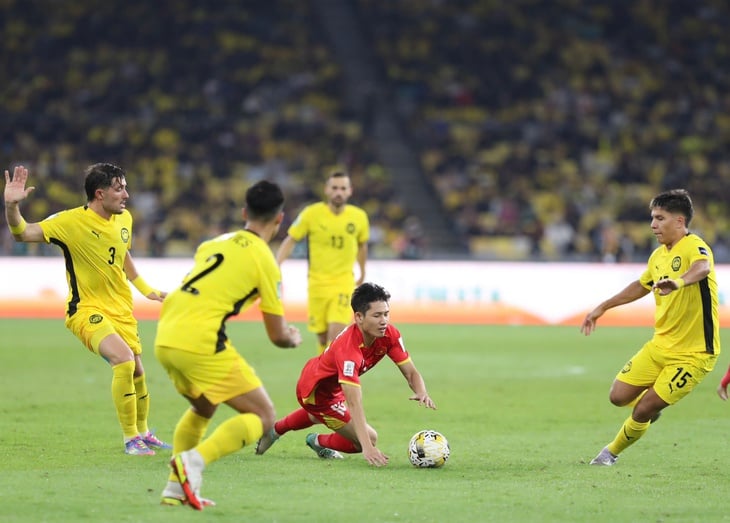
Vietnam team is inferior to Malaysia's naturalized players - Photo: ANH KHOA
In Southeast Asia, the naturalization policy is temporarily divided into two forms: naturalization for foreign players who have played domestically for the required number of years, and naturalization for players with native origin.
Indonesia goes first, Malaysia follows
In September 2024, the Indonesian national team called up 11 players with roots to participate in the 2026 World Cup qualifiers against Saudi Arabia and Australia. The result was that former coach Shin Tae Yong brought home 2 draws of 1-1 and 0-0. It marked a significant change in Indonesian football from that time.
Indonesia started its naturalization policy in 2010, but without a clear direction and with a sporadic number of players.
Cristian Gonzales was the first naturalized Indonesian player. A year later, four more players were granted Indonesian citizenship after residing for the required number of years as required by FIFA.
From 2023 - 2025, Indonesian football under billionaire Erick Thohir will focus and work systematically.
The Indonesian Football Association (PSSI) has been searching for foreign players (mostly from the Netherlands) with Indonesian grandparents to bring 11 people to serve the Indonesian team.
As a result, with this overseas player squad, Indonesia has just won the right to play in the 4th qualifying round of the 2026 World Cup to find a place at the FIFA World Cup for the first time in history since 1938. Indonesia once defeated the Vietnamese team of coach Philippe Troussier and caused him to be fired.
Following the example of Indonesia, the regent Tunku Ismail Sultan Ibrahim (president of Johor Darul Tazim Club) has strongly influenced and changed the direction of Malaysian football after the draw for the 2027 Asian Cup qualifiers in December 2024.
Acting immediately with an open policy, Malaysia found a series of players whose grandparents and parents were Malaysians around the world . And 9 of their overseas players took the field in the starting lineup against the Vietnamese team. As a result, Malaysia won 4-0 against Vietnam after 11 years of waiting.
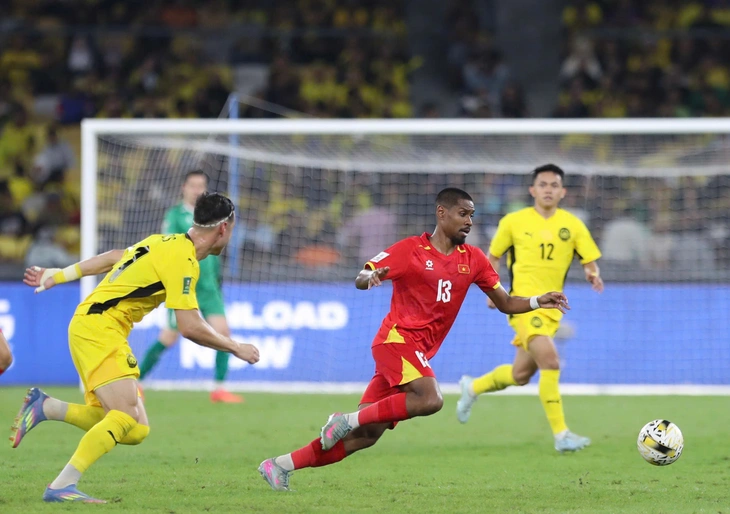
Cao Pendant Quang Vinh is one of two overseas Vietnamese players of the Vietnam team in this match - Photo: ANH KHOA
Where is Vietnamese football?
Amid the wave of naturalized players in Southeast Asia, the rise of Indonesia has prompted the Vietnam Football Federation (VFF) to roll up its sleeves and get involved in naturalization work. VFF follows Indonesia's approach, which is to both call up overseas Vietnamese players and naturalize foreign players with professional qualifications and capabilities.
Goalkeeper Nguyen Filip returned from the Czech Republic to receive Vietnamese citizenship. The Brazilian striker of Nam Dinh Steel Blue was granted Vietnamese citizenship before the 2024 AFF Cup.
Cao Pendant Quang Vinh just had his debut match against Malaysia on the evening of June 10. In total, the Vietnamese team only has 3 naturalized slots.
Recently, VFF has focused on inviting overseas Vietnamese players to train, opening up spots for them to compete in the V-League. However, there are not many outstanding names to compete with the existing players on the Vietnam national team.
Furthermore, the naturalization of both overseas Vietnamese and foreign players in Vietnam still has many problems related to paperwork and procedures. Meanwhile, compared to Indonesia and Malaysia, the support behind the naturalization policy is a major factor affecting the success or failure of football.
To answer the question: Where is Vietnamese football amid the wave of naturalized players?
The answer is that we have changed and adapted to the general situation of the region. At the same time, we are waiting for positive signals, or strong impacts from a new order of Southeast Asian football.
Source: https://tuoitre.vn/bong-da-viet-nam-o-dau-giua-trao-luu-nhap-tich-20250611105115055.htm



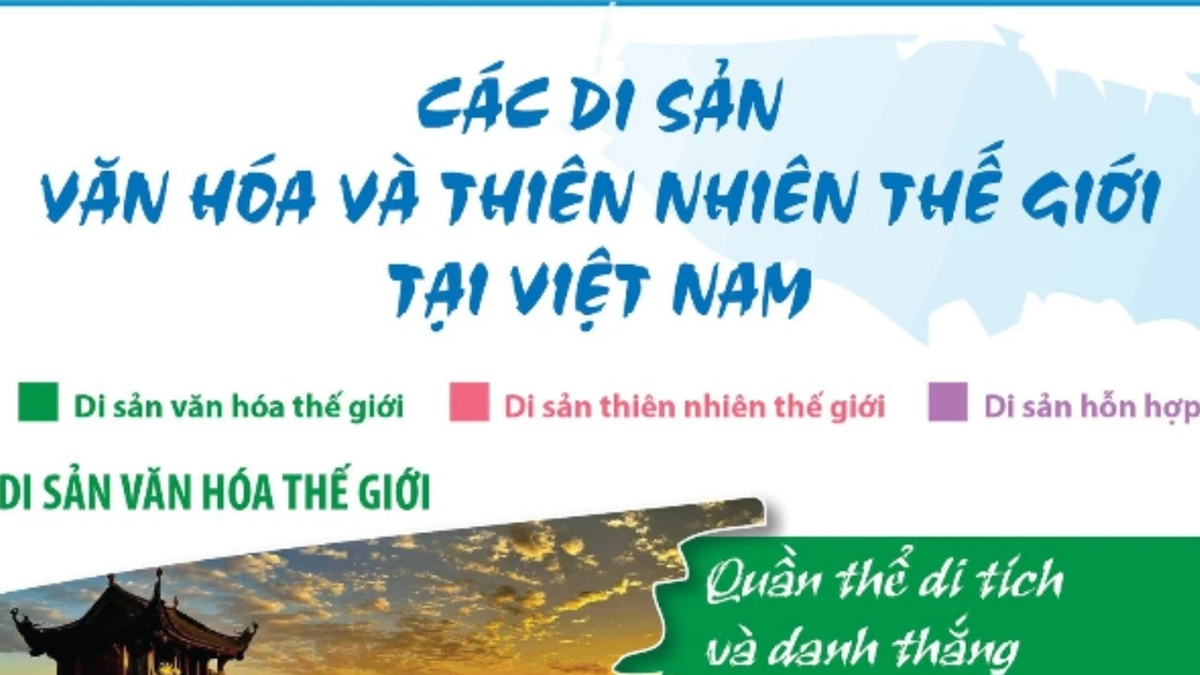
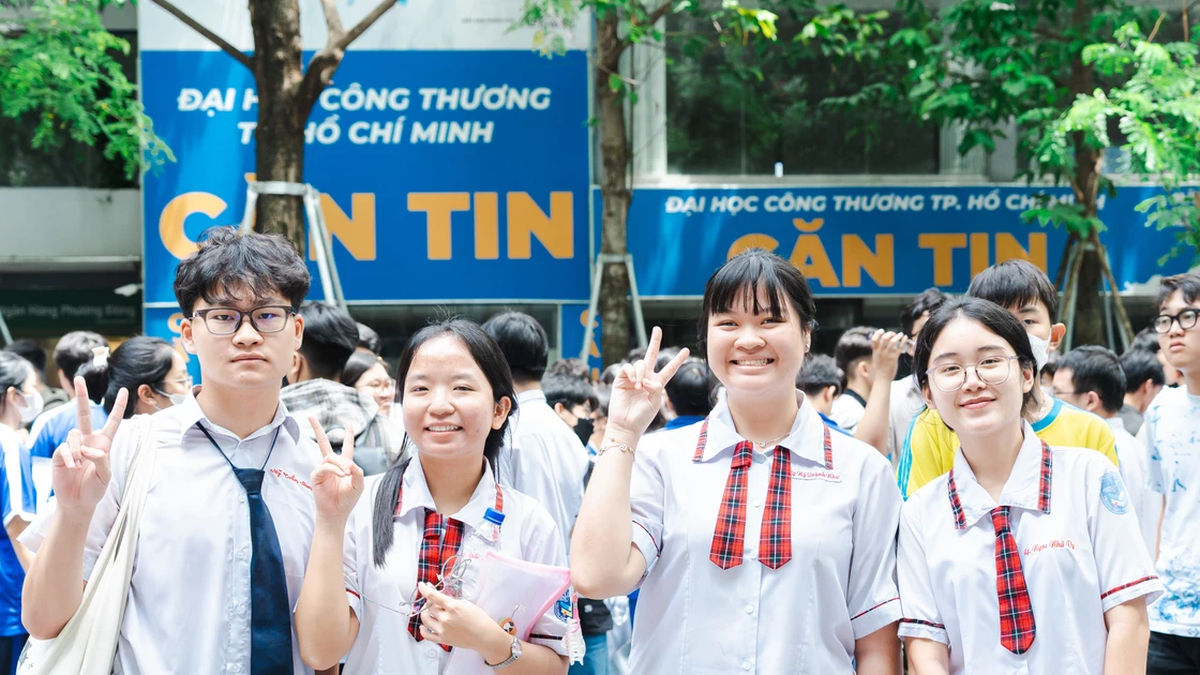
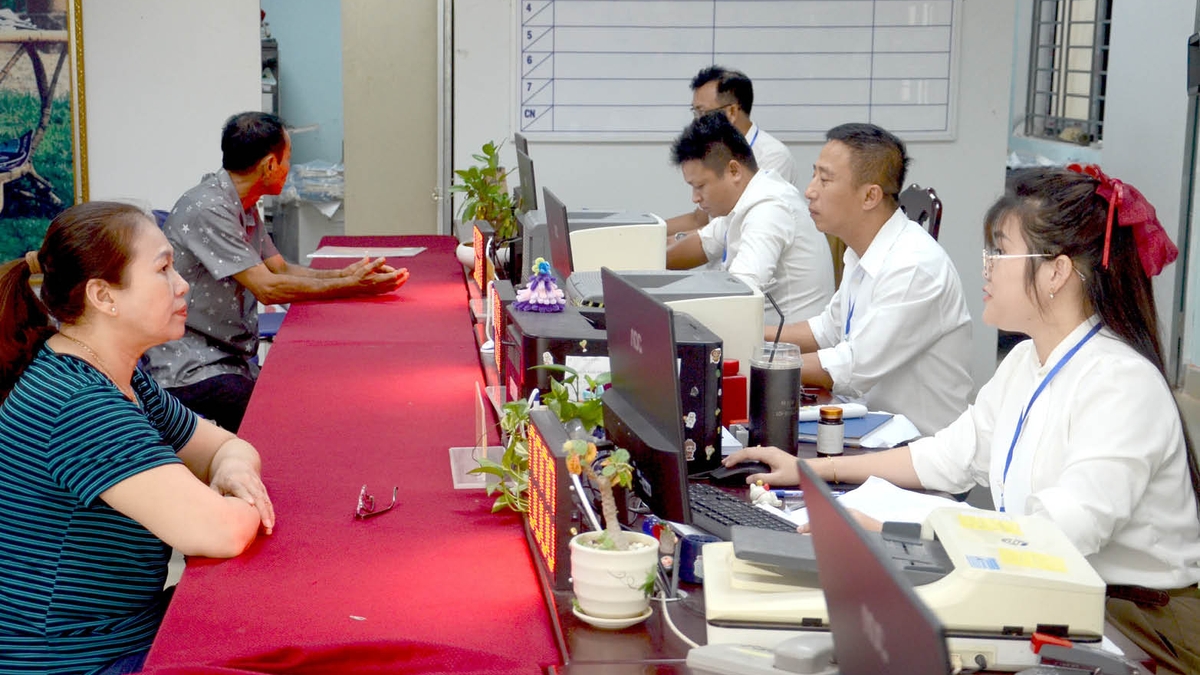
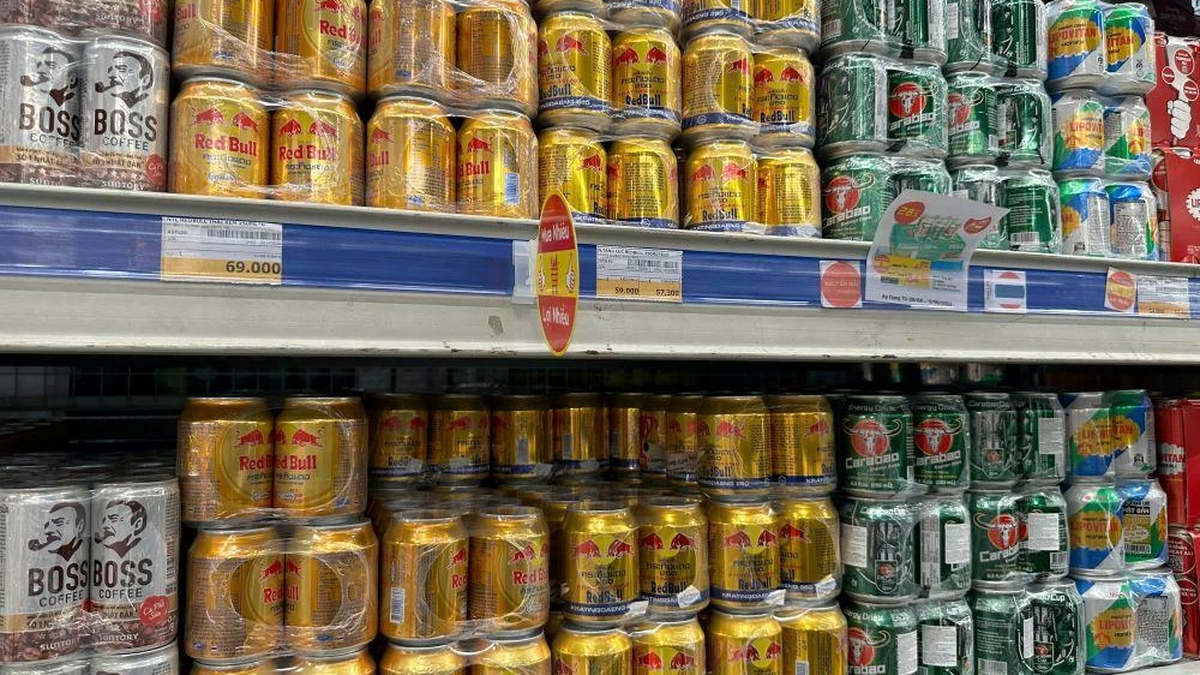
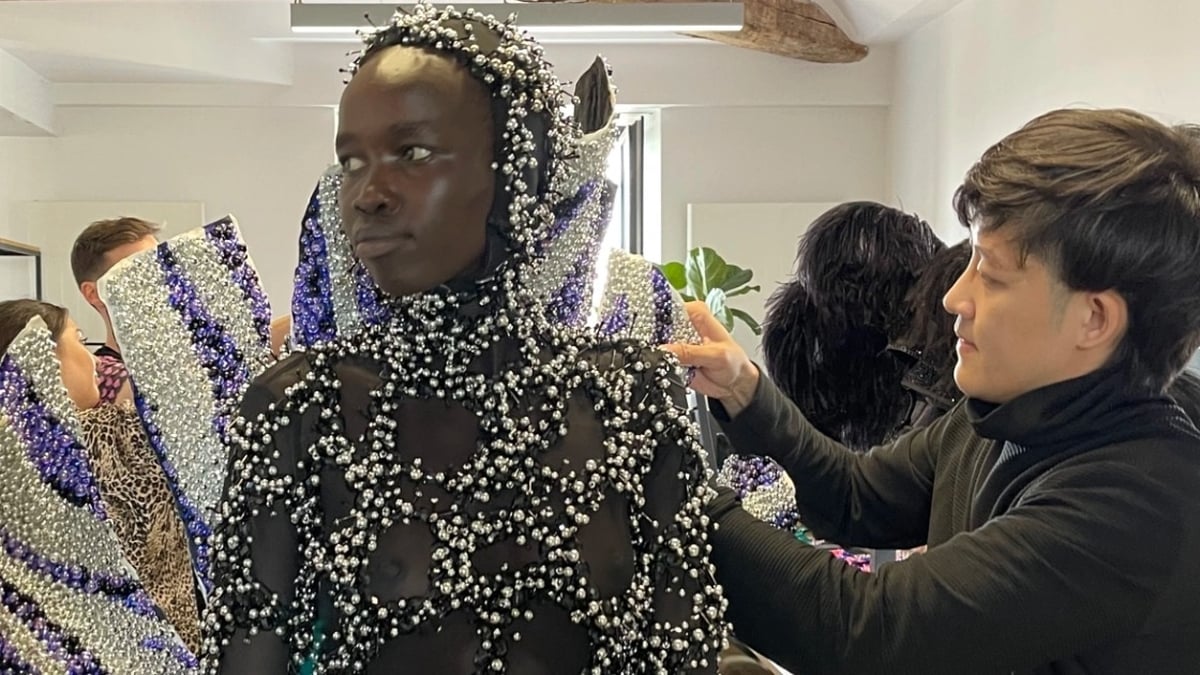
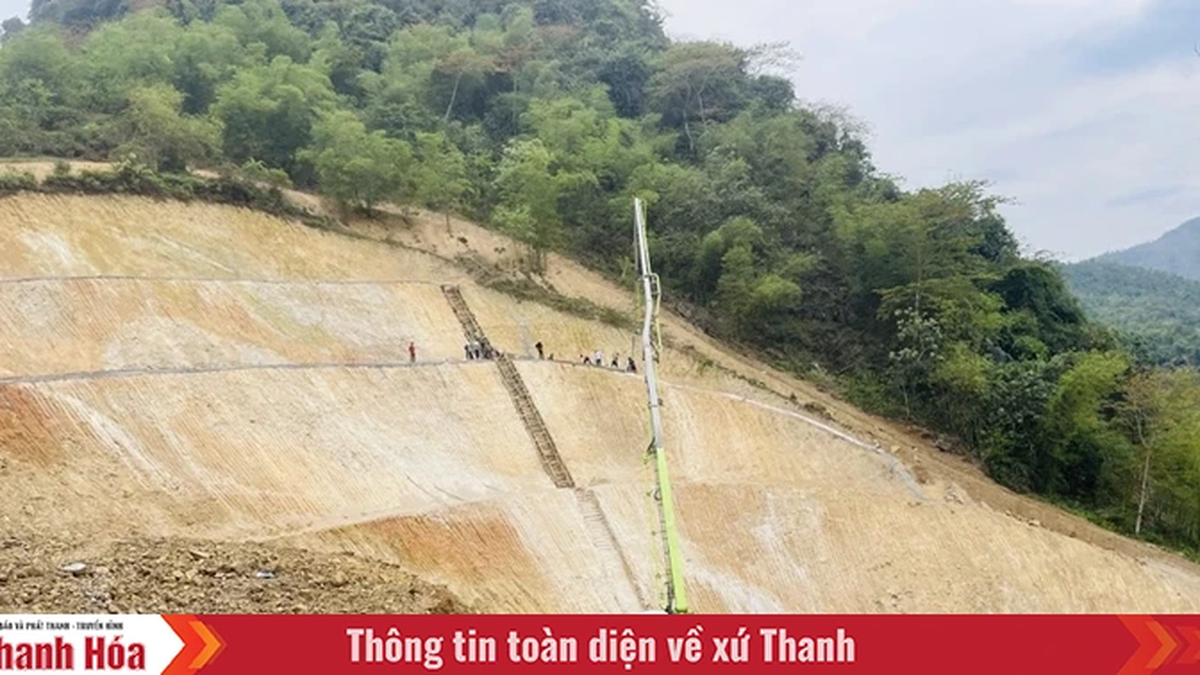
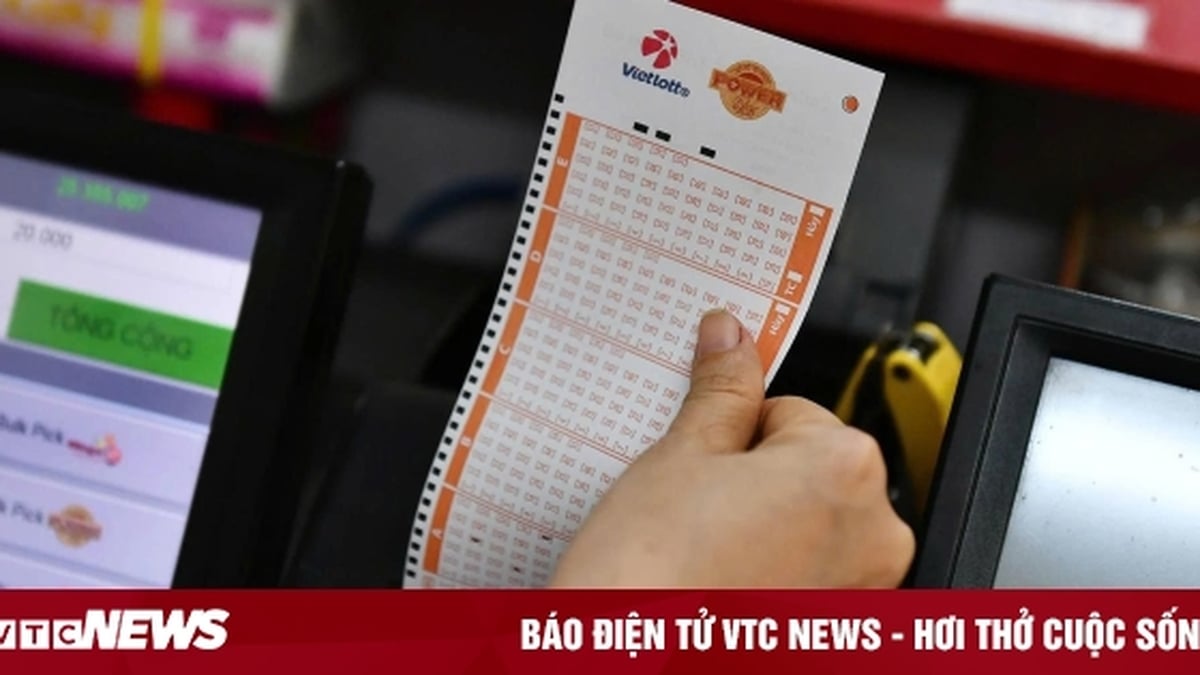

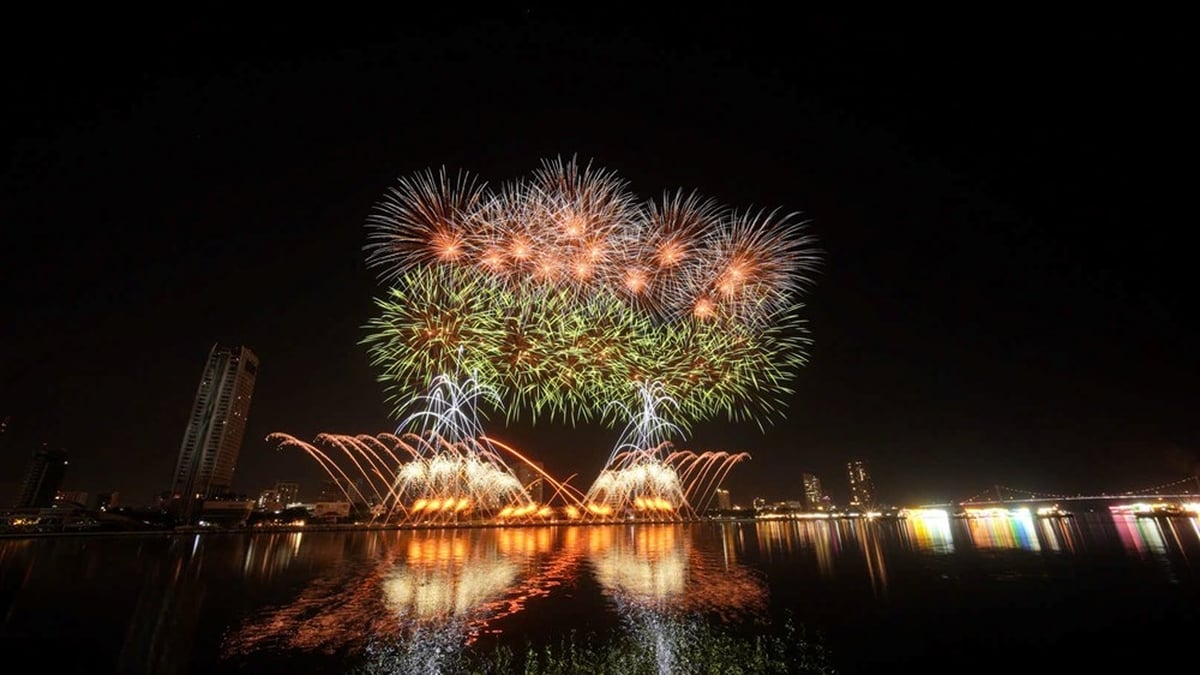
























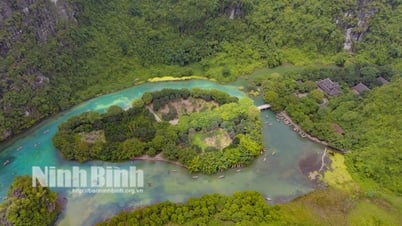

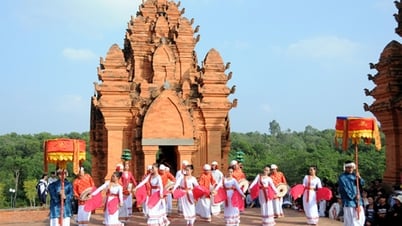



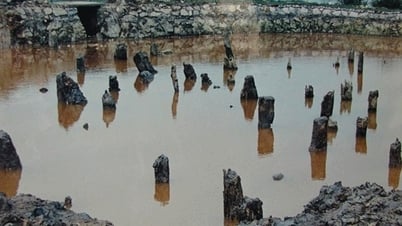





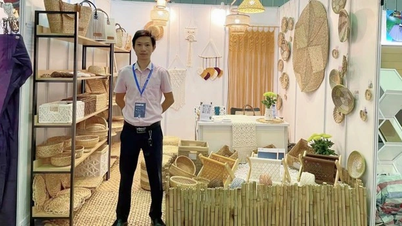
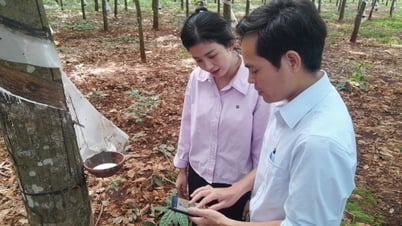

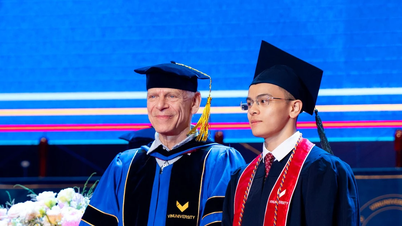

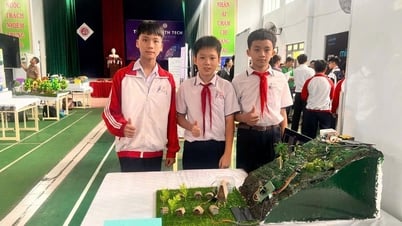








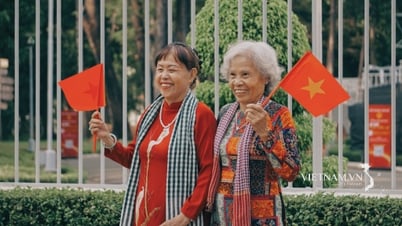
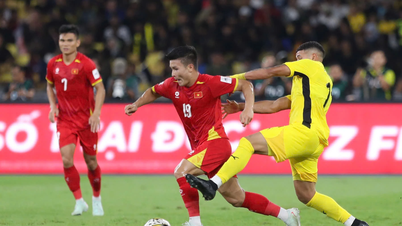
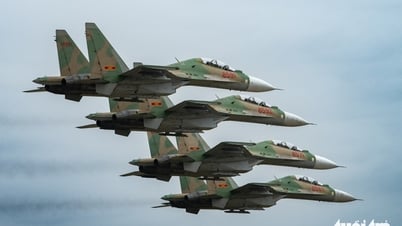
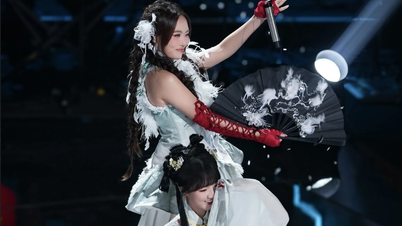
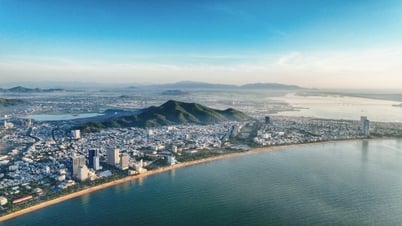








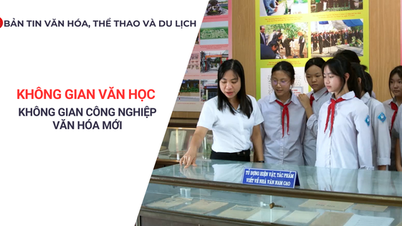

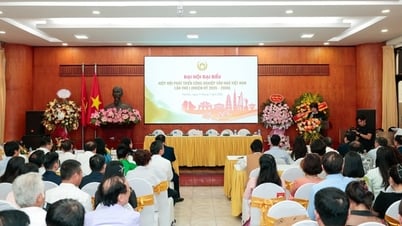






















Comment (0)